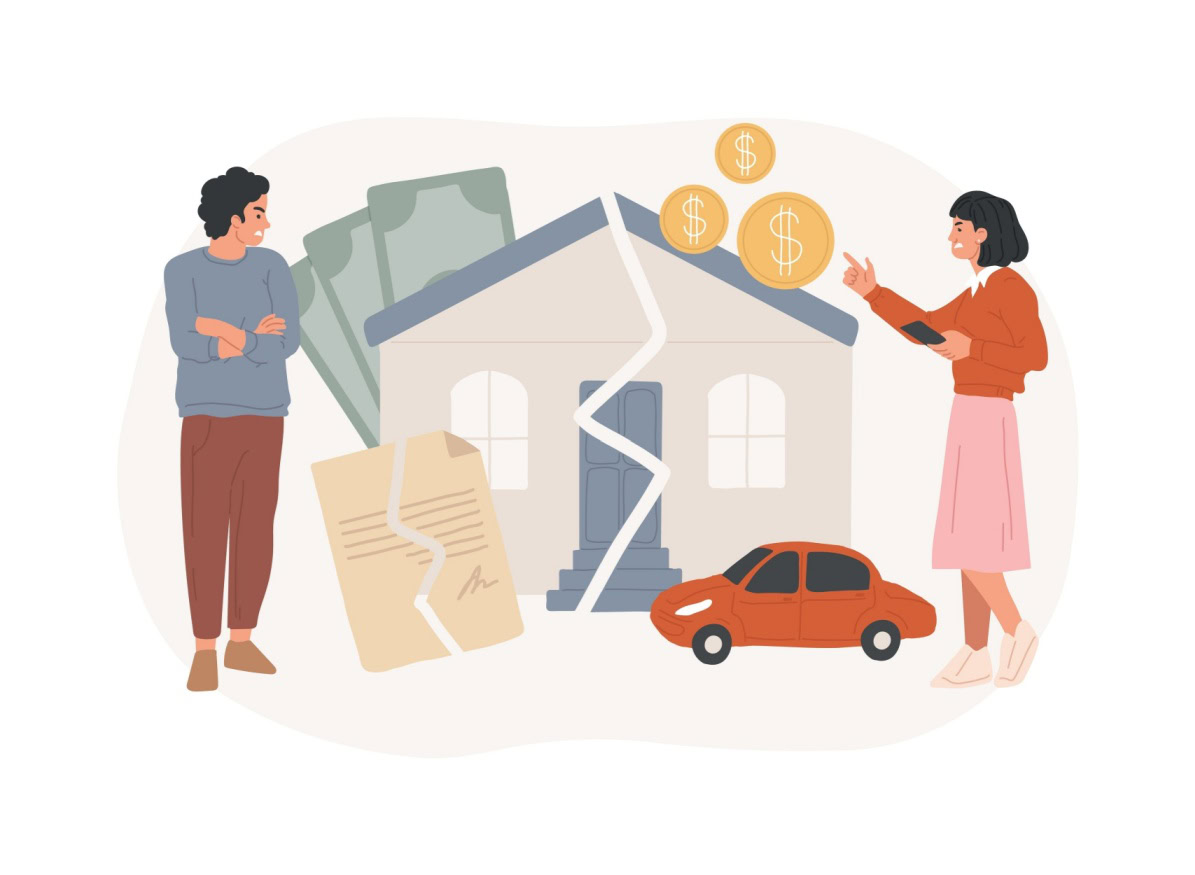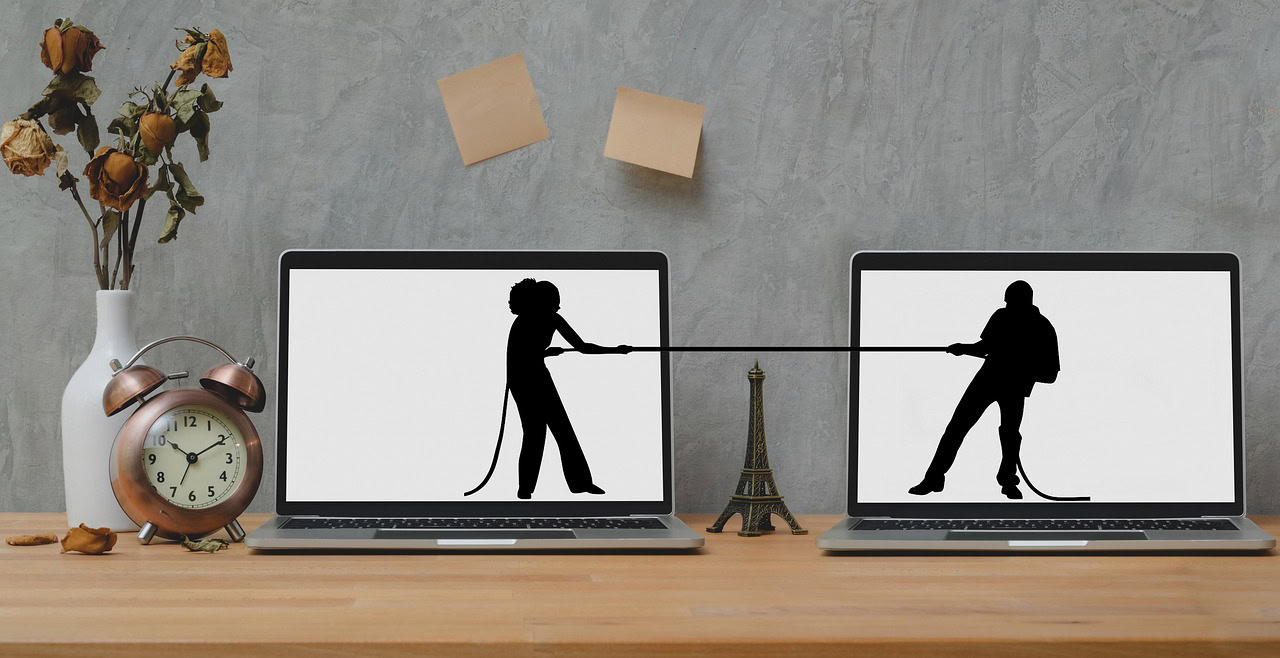By Mark Baer, Esq.
I recently had a wonderful and philosophical discussion over breakfast with my colleague, Silvio Nardoni. We are both members of The Esquire Network (TEN) and he has been mentioning that we seem to have very similar approaches to the practice of law and suggesting that we should discuss it further over breakfast. We did just that.
As we were getting seated, I started telling him about an Empathy Design Workshop that I participated in on August 6, 2015. The Workshop was organized by Edwin Rutsch, Founding Director of Center for Building a Culture of Empathy. That organization’s “mission is to build a movement for creating a global worldwide culture of empathy and compassion.” Edwin works tirelessly to create such a culture through community organizing, facilitating empathy circles and “creating a portal for resources and information about the values of empathy and compassion. The site contains the largest collection of articles, conferences, definitions, experts, history, interviews, organizations, videos, science and much more about empathy and compassion.”
Edwin had invited me to participate because of the various articles I have written on the subject of empathy, specifically, “The Power of Empathy,” “Everyone Should Be Required to See ‘Inside Out,'” and “Empathy Is Incompatible with Shame and Judgment.”
In any event, a total of five of us participated in the Empathic Design Workshop through Google Hangout.
While each of us came from very different backgrounds and professions, our interest and study of empathy was something we all had in common.
Prior to the Workshop, Edwin emailed us the links to the Empathic Design Checklist and the Workshop Page. The actual Workshop itself began with brief introductions of each of the participants and then we participated in an “Empathy Circle,” in which we practiced active or empathic listening.
Regardless, I found the exercise incredibly valuable because we can’t be empathic, if we don’t actively listen to what other people are saying. Active listening is a skill that we can all improve upon. In fact, when people are talking, we are typically so involved in formulating our responses that we don’t fully hear and appreciate what others are saying. Furthermore, while words have meaning, the meaning attached to words is not necessarily the same for everyone involved in any given conversation. Actually, a great many conflicts arise because of those differences and the people involved in such conflicts often don’t realize that it is based upon their misunderstandings.
As I have said many times before, hopefully, we are all taught how to read, write and speak in at least one language. We are also hopefully taught proper grammar. Unfortunately, we are not taught how to properly communicate and poor communication is the number one cause of conflict and the main cause of divorce. This is why it is so essential that we take it upon ourselves to learn “non-defensive communication,” which includes active listening.
Nevertheless, after we concluded our “Empathy Circle,” we completed the “Empathic Design Workbook,” which was based upon Stanford University’s “Introduction to Design Thinking.” I found the exercises involved in completing that Workbook fascinating. Among other things, while participating in that exercise, we realized that each of us had a different understanding of empathy, which only highlights the importance of active listening. Irrespective, there was no conflict over our different understandings of empathy because none of us felt the need to “win” in that regard; rather, we are all looking to improve our understanding of the subject and use that knowledge for the betterment of society.
After we completed the Empathy Design Workshop, we exchanged emails, further discussing our experience and thoughts on empathy.
When I finished describing this experience to Silvio, we got into a discussion about the difference between sympathy, empathy and compassion. Interestingly enough, what Silvio considers sympathy is what I consider empathy and his idea of empathy is what I think of as compassion. Ultimately, we both agreed that the terminology was not important, considering that we both had a very good understanding of the underlying concepts themselves. Silvio mentioned that while we disagreed on the terminology, it didn’t become a conflict because of the fact that neither of us insisted that we were right and the other was wrong.
I then asked him if he ever had to make a decision to take someone off of life support or to have a pet “put to sleep.” He said that while he was never in a position to make such a decision for a person, he had done so with pets in the past.
I commented that I’m still grieving over my decision to have my beloved dog, Bud, “put to sleep” on August 4. Bud was a beautiful 15-year-old Golden Retriever/Chow mix and had recently been showing his advanced age. Among other things, we had noticed that the strength in his front legs was such that he would fall forward on our short walks and he seemed to be favoring his right side. On the morning of the 4th, I took Bud out for a walk and he fell onto the street in front of our house, just as we were beginning our walk. When he finally got up, I realized that he couldn’t use his right hind leg at all and that he had suffered a stroke. He then painstakingly made his way into the house and could barely move and I called the vet. It was a very emotional phone call and I was crying as I told them that I needed to take him in and have him “put to sleep.”
It was so difficult for him to make his way into my car and then to walk from the parking lot into the veterinarian’s office, even with my assistance. My spouse met me at the vet and we spent time with Bud, while speaking with the vet and several of his assistants. The vet respected our decision, and it was an extremely emotional experience. We cried so much, while saying our goodbyes to a beloved member of our family. As we were leaving, Bud tried to push his way out of the room and return home with us and I had to help push him back into the room, which made the experience that much more traumatic.
In any event, I told Silvio that the decision to remove my dear friend from life support was such a difficult and emotional decision for me and yet far less traumatic than what I had just experienced with Bud. I explained that my friend was recuperating from an intestinal ailment that almost cost him his life and caused him to go onto life support. He survived the experience and was recovering in a rehabilitation center, when he was once again struck by the ailment. However, prior to the second attack, he told how difficult it was for him to recover and described how his quality of life was going to be impacted. He said that if he were to be hospitalized again for the condition, he would like me to take him off life support. When he relapsed and the doctors told me just how much more his quality of life would be impacted if he were to recover, I told them to remove him from life support.
Silvio commented that the reason I was having a more difficult time with the decision I made for Bud is because our pets can’t tell us what they want in that regard and we are completely responsible for making those decision on their behalf.
I then mentioned that I wished that people who judge others and whose judgments impacted others put as much thought into the decision making process as I had when making these decisions, particularly if they are judging someone in court. He asked me whether I felt that judges were as emotionally torn when making factual findings and rulings in cases. I told him that I believe that only empathic judges would realize the long term consequences of their decisions and thereby give them the degree of thought appropriately required. I said that when people lack empathy, they are incapable of seeing perspectives other than their own. All human beings, including judges, are biased. However, those of us who are empathic are more self-aware and therefore tend to make less biased decisions.
He agreed and told me about the most meaningful case he had handled in court. He said that the judge was incredibly smart, but far from empathic, which isn’t surprising, considering that lawyers are not known for their emotional intelligence and judges were previously lawyers. He described a “conversation” he had with that judge in court and on the record, which lasted for more than two hours. While the judge was not able to understand perspectives that differed from his, he finally realized that other people might well have different perspectives. Very few judges are as intelligent as that particular judge, according to Silvio, and we rarely have an opportunity to have such a long “conversation” with a judge before they render a decision.
I then mentioned to him a recent conversation I had with Helaine Z. Harris, MFT, in which we discussed why so many people are unwilling to learn from other people’s mistakes. I was telling her how frustrating it is that people frequently don’t even learn from their own mistakes, particularly because they won’t admit to making any. I then commented that since people often don’t learn from their own mistakes, it is extremely unlikely that they will learn from the mistakes of others. She responded that people typically need to have suffered the consequences of their own mistakes enough to eventually reach the point that would prefer not to make mistakes that are avoidable and thus become receptive to learning from other people’s mistakes. Silvio completely agreed.
I then told him that I have read a many articles which indicated that great leaders are those who acknowledge their mistakes and learn from them. I also mentioned my understanding that where most organizations fail is in preventing the repetition of mistakes through shared learning. He again agreed. From my perspective, enlightened people are those who are willing to learn from both the successes and failures of others.
During the course of our conversation, Silvio told me that he was admitted to practice law in 1971 and that he quickly realized that as hard as he tried his legal training and work as an family lawyer was not really helping people. He therefore decided to apply to Harvard Divinity School and was accepted. Silvio told me that the program at Harvard was non-denominational and that the students came from all religions. He explained how the three-year non-denominational program gave him a wealth of perspective and an appreciation and respect for differing religious views, something he had even prior to entering the program. Irrespective, the education he received through the Harvard Divinity School gave him the tools with which to really listen to his clients and understand the human dimension of law practice, in order to actually help others.
Between the Empathy Design Workshop and my breakfast with Silvio, I have had a real mental workout recently, which I greatly appreciate.

